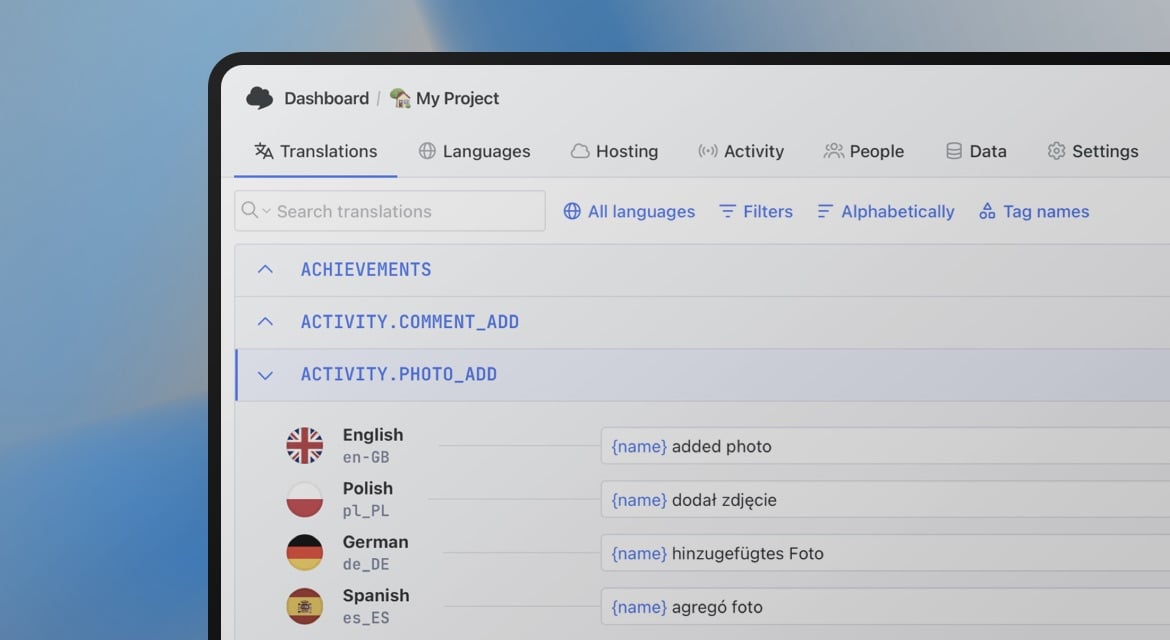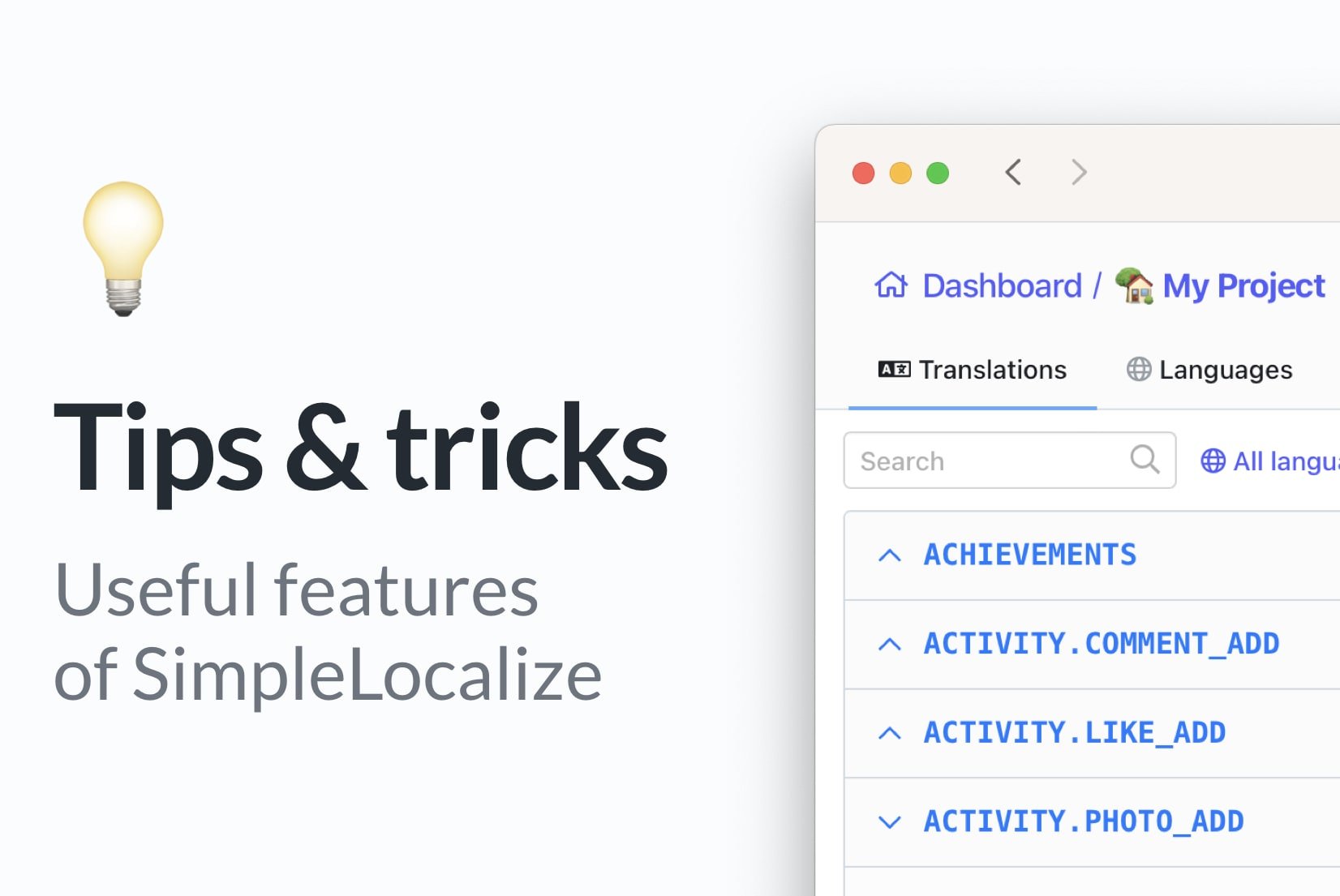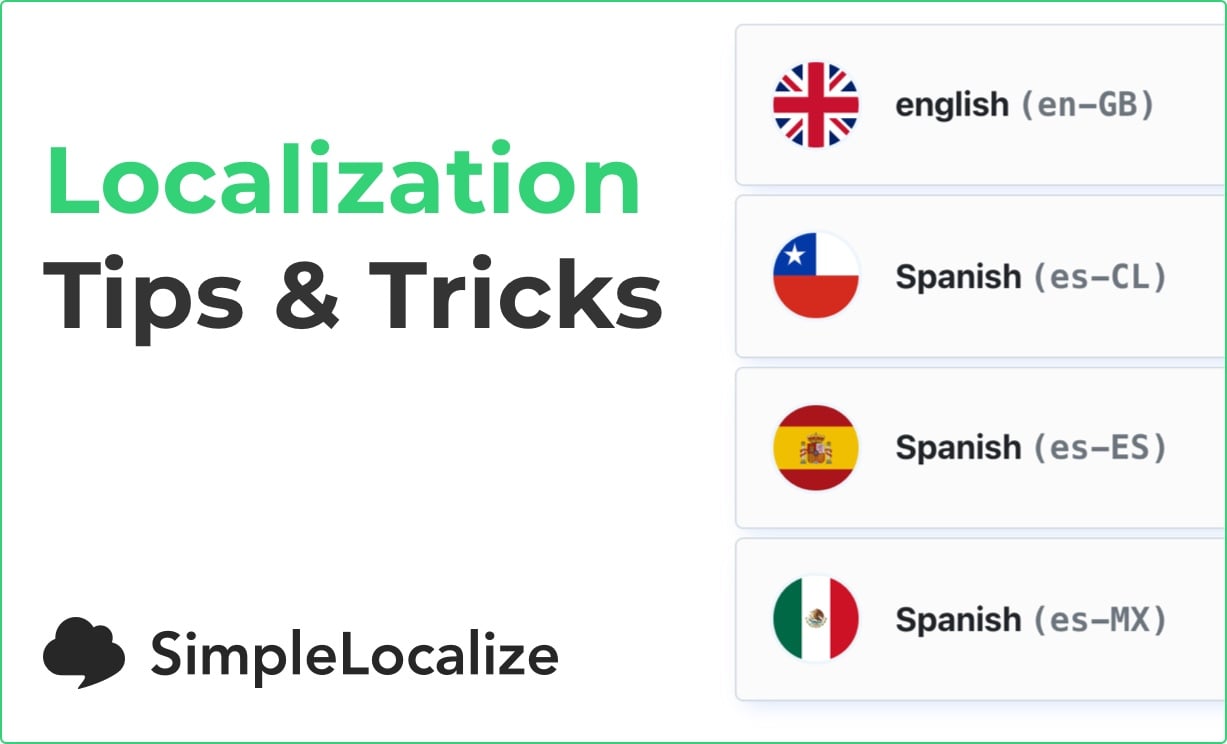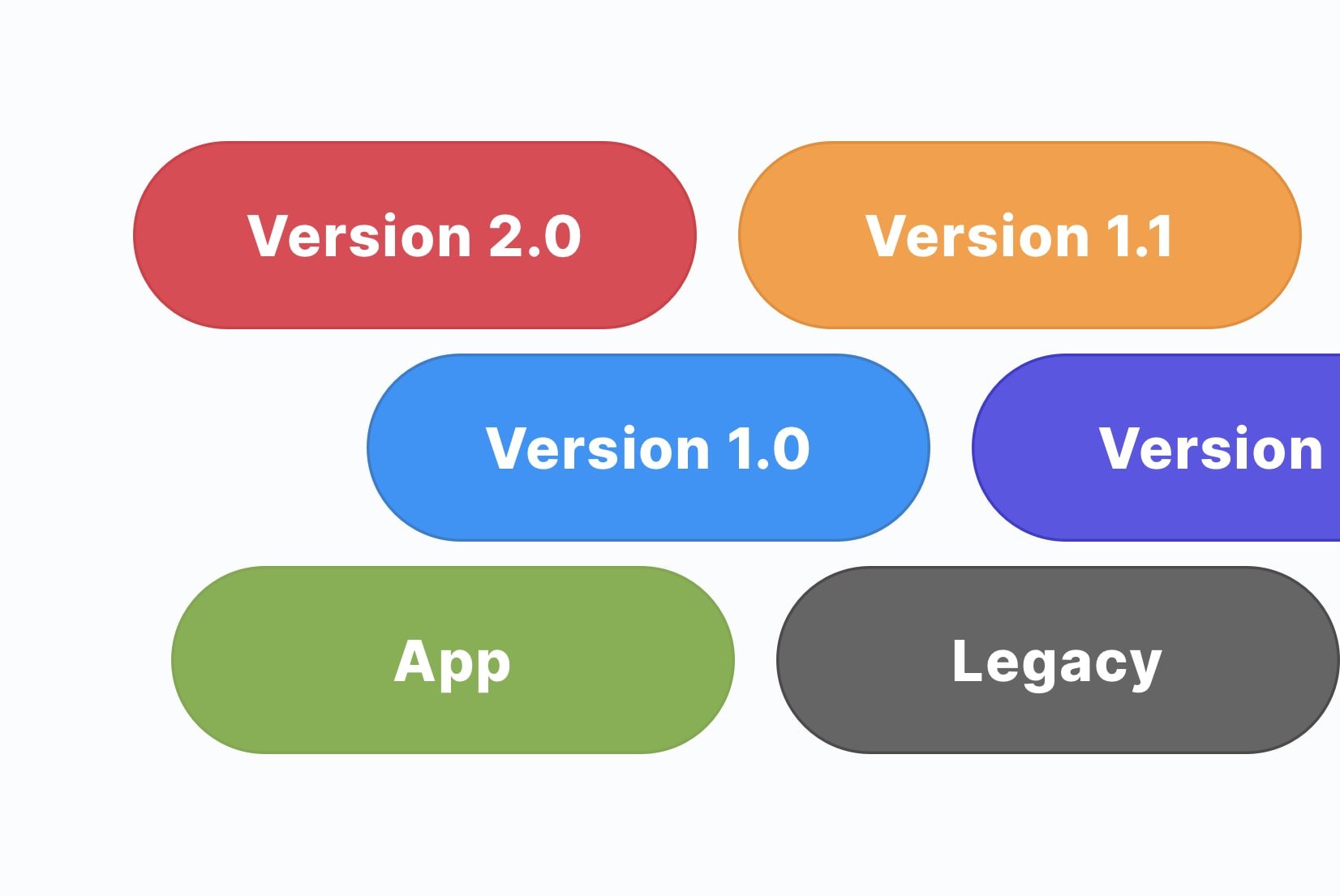Java 24: Internationalization
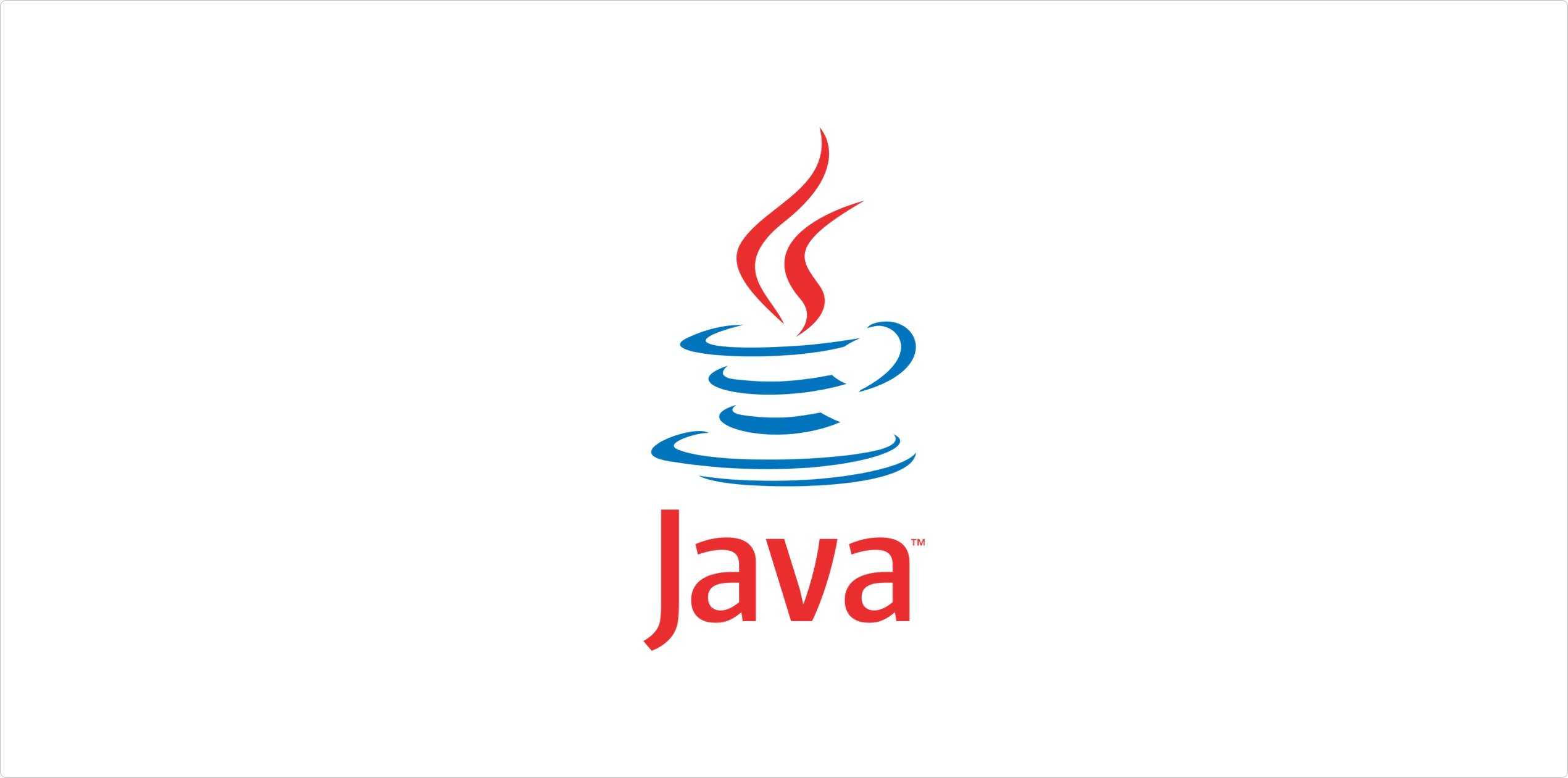
Introduction
In this article, we will learn how to use Java 24's internationalization features to format dates, numbers, and work with localized content.
We will explore the java.text package, the java.time package, and learn how to use ResourceBundle for retrieving localized messages.
This guide includes practical tips for Java developers building internationalized applications.
Java 24 note: This version includes improved Unicode support, enhanced formatting capabilities, and better performance for internationalization operations. Make sure you're using the latest JDK for optimal i18n performance.
Locale class changes
Since Java 19, all constructors of the Locale class have been deprecated.
Instead, you should use the Locale.of static constructors to create a new Locale instance
or use the Locale.Builder class to create a new Locale instance.
// static constructors
Locale.of(language);
Locale.of(language, country);
Locale.of(language, country, variant);
// builder
new Locale.Builder()
.setLanguage(language)
.setRegion(country)
.setVariant(variant)
.build();
// deprecated constructors
new Locale(language);
new Locale(language, country);
new Locale(language, country, variant);
Number formatting
The NumberFormat class offers a number of methods for returning different instances for formatting numbers.
getPercentInstance(Locale)- formats numbers as percentages.getCurrencyInstance(Locale)- formats numbers as currency values.getIntegerInstance(Locale)- formats numbers as integers.getNumberInstance(Locale)- formats numbers as general-purpose numbers.getCompactNumberInstance(Locale, NumberFormat.Style)- formats numbers as compact numbers.
Percentage formatting
Different countries use different symbols for percentages. For example, in the US, the percentage symbol is %, while in the UK, it is £.
NumberFormat.getPercentInstance(Locale.US).format(0.75);
// 75%
NumberFormat.getPercentInstance(LOCALE_FRANCE).format(0.75);
// 75 %
NumberFormat.getPercentInstance(Locale.of("ar", "SA")).format(0.75);
// ٪٧٥
Long numbers formatting
Compact numbers are a method of formatting numbers in a more compact way. For example, instead of writing 1,000,000
you can write 1M.
They are useful when you want to display a large number in a small space. Every locale has its own set of compact
numbers. There are 4 different styles of compact numbers:
NumberFormat.Style.SHORT- the shortest form of the compact number. For example,1Mfor1,000,000.NumberFormat.Style.LONG- the longest form of the compact number. For example,1 millionfor1,000,000.
// NumberFormat.Style.SHORT
NumberFormat.getCompactNumberInstance(LOCALE_US, Style.SHORT).format(1_213_700);
// 1M
NumberFormat.getCompactNumberInstance(LOCALE_FRANCE, Style.SHORT).format(1_213_700);
// 1 M
NumberFormat.getCompactNumberInstance(LOCALE_POLAND, Style.SHORT).format(1_213_700);
// 1 mln
// NumberFormat.Style.LONG
NumberFormat.getCompactNumberInstance(LOCALE_US, Style.LONG).format(12_137);
// 12 thousand
NumberFormat.getCompactNumberInstance(LOCALE_FRANCE, Style.LONG).format(12_137);
// 12 mille
NumberFormat.getCompactNumberInstance(LOCALE_POLAND, Style.LONG).format(12_137);
// 12 tysięcy
Numbers formatting
The NumberFormat class provides a number of methods for formatting numbers.
NumberFormat.getNumberInstance(localeUs).format(1234567.89);
// 1,234,567.89
NumberFormat.getNumberInstance(localeFrance).format(1234567.89);
// 1 234 567,89
NumberFormat.getNumberInstance(localePoland).format(1234567.89);
// 1 234 567,89
Money formatting
Currency formatting is useful when you want to display a number as a currency value. For example, instead of joining
currency symbol and number you can use the NumberFormat instance which does it for you in the best possible way,
taking into account the locale.
NumberFormat.getCurrencyInstance(localePoland).format(123.45);
// 123,45 zł
NumberFormat.getCurrencyInstance(localeFrance).format(123.45);
// 123,45 €
NumberFormat.getCurrencyInstance(localeUS).format(123.45);
// $123.45
Note that different locales use different symbols for decimal separators and grouping separators. For example, in the US, the decimal separator is ., while in Poland and France, it is ,.
Symbols and currencies
NumberFormat are powerful tool, but what if you want to display a currency symbol or a decimal separator? You can use the DecimalFormatSymbols class to get the symbols for a given locale.
Currency currency = DecimalFormatSymbols.getInstance(localePoland).getCurrency();
currency.getDisplayName(LOCALE_POLAND);
// złoty polski
currency.getDisplayName(Locale.FRANCE);
// zloty polonais
currency.getDisplayName(Locale.US);
// Polish zloty
Note that we took Polish currency (złoty polski) and Locale.FRANCE and Java returned the French name of the currency (zloty polonais).
If we took Locale.US and Polish currency, Java returned the English name of the currency (Polish zloty).
Returning symbols works in the same way:
currency.getSymbol(LOCALE_POLAND);
// zł
currency.getSymbol(Locale.FRANCE);
// PLN
currency.getSymbol(Locale.US);
// PLN
The DecimalFormatSymbols class provides a set of symbols (such as the currency symbol) that are used to format numbers.
DecimalFormatSymbols.getInstance(LOCALE_POLAND).getCurrencySymbol();
// zł
DecimalFormatSymbols.getInstance(Locale.FRANCE).getCurrencySymbol();
// €
DecimalFormatSymbols.getInstance(LOCALE_POLAND).getGroupingSeparator();
// ' '
DecimalFormatSymbols.getInstance(Locale.US).getGroupingSeparator();
// ,
Date formatting
After previous sections, you should be familiar with formatting values using getXXXInstance methods and Locale
objects. You shouldn't be surprised if I tell you that dates formatting works the same way!
The DateFormat class provides a number of methods for formatting date and time.
getDateTimeInstance(int dateStyle, int timeStyle, Locale locale)- returns aDateFormatinstance that formats dates and times.getDateInstance(int dateStyle, Locale locale)- returns aDateFormatinstance that formats dates.getTimeInstance(int timeStyle, Locale locale)- returns aDateFormatinstance that formats times.
All methods need a style of date or time and locale. The DateFormat class provides a number of constants for formatting dates and times, there are 4 main styles:
DateFormat.SHORT- the shortest form of the date or time.DateFormat.MEDIUM- the medium form of the date or time.DateFormat.LONG- the longest form of the date or time.DateFormat.FULL- the full form of the date or time.
Date wonderfulDay = Date.from(LocalDateTime.of(2005, 4, 2, 21, 37).toInstant(UTC));
DateFormat.getDateTimeInstance(DateFormat.FULL, DateFormat.FULL, LOCALE_POLAND).format(wonderfulDay)
// sobota, 2 kwietnia 2005 23:37:00 czas środkowoeuropejski letni
DateFormat.getDateTimeInstance(DateFormat.FULL, DateFormat.FULL, LOCALE_FRANCE).format(wonderfulDay)
// samedi 2 avril 2005 à 23:37:00 heure d’été d’Europe centrale
DateFormat.getDateTimeInstance(DateFormat.FULL, DateFormat.FULL, LOCALE_US).format(wonderfulDay)
// Saturday, April 2, 2005 at 11:37:00 PM Central European Summer Time
Time has been automatically converted to the local time zone in the first line, where we passed local time and converted it into the UTC time zone.
Getting messages from resource bundles
The ResourceBundle class is a collection of key-value pairs. The keys are strings and the values are objects. The ResourceBundle class provides a number of methods for getting values from the bundle.
getString(String key)- returns a string for the given key.getObject(String key)- returns an object for the given key.getKeys()- returns anEnumerationof the keys contained in thisResourceBundleand its parent bundles.
Put the following content in the src/main/resources/messages_pl_PL.properties file.
footerText=© 2025 SimpleLocalize. Wszelkie prawa zastrzeżone.
linkText=Utwórz konto SimpleLocalize
message=Dziękujemy za wypróbowanie naszego demo SimpleLocalize dla Javy!
title=Hej {0}!
Now, we can read the messages using ResourceBundle object.
ResourceBundle bundle = ResourceBundle.getBundle("messages", LOCALE_POLAND);
bundle.getString("linkText");
// Utwórz konto SimpleLocalize
bundle.getString("title");
// Hej {0}!
As you can see, the title message contains a placeholder {0}. We can use the MessageFormat class to replace the placeholder with a value.
ResourceBundle bundle = ResourceBundle.getBundle("messages", LOCALE_POLAND);
String title = bundle.getString("title");
String message = MessageFormat.format(title, "Jakub");
// Hej Jakub!
One of the advantages of using ResourceBundle instead just reading from text files is that it supports inheritance.
You can create a bundle that extends another bundle. In this case, the ResourceBundle class will look for the key in the current bundle and if it doesn't find it, it will look for it in the parent bundle.
String normalization
Normalization is the process of converting a string to a normalized form. The java.text.Normalizer class provides a number of methods for normalizing strings.
The Normalizer.Form class provides a number of constants for normalization forms.
Normalizer.Form.NFC- Canonical decomposition, followed by canonical composition.Normalizer.Form.NFD- Canonical decomposition.Normalizer.Form.NFKC- Compatibility decomposition, followed by canonical composition.Normalizer.Form.NFKD- Compatibility decomposition.
What is canonical and compatibility decomposition?
In simple words, not technical and unprofessional words, it means that the string with diacritics will be converted to the string without diacritics. Normalizer splits the string into a sequence of characters and then combines them into a new string without diacritics.
Normalizer
.normalize("Tĥïŝ ĩš â fůňķŷ Šťŕĭńġ", Normalizer.Form.NFD)
.replaceAll("[^\\p{ASCII}]", "")
//This is a funky String
When else might it be useful? When you work with strings that contain special characters, you should normalize them before comparing them. Or you want to normalize half-width to full-width characters. Half-width characters are common in Japanese and Chinese languages, and they were used before the computer era.
Normalizer.normalize("Hello, world!", Normalizer.Form.NFKC);
// Hello, world!
Java localization updates
Looking up Default Locale
In Java 21, you can display the default locale using the java -XshowSettings:locale command.
This command displays the default locale and the supported locales based on the system settings.
java -XshowSettings:locale -version
It's a good way of debugging issues related to localization be verifying whihc locale the JVM is using by default.
Changing the default locale
You can change the default locale using the java.util.Locale.setDefault method.
Locale.setDefault(Locale.of("fr", "CA"));
Swedish language updates
Collation rules have been updated in Java 21 for the Swedish language to distinguish between v and w
Old rules: va, wb, vc
New rules: va, vc, wb
Old rules are still available with Locale.forLanguageTag("sv-co-u-trad") in case you need them.
The collation rules, also known as collating rules or sorting rules, are a set of guidelines or algorithms used to determine the order in which characters are sorted and compared in a given language or character set.
Tzdata & CLDR update
Java 21 includes updates to the timezone data and locale data:
- The Common Locale Data Repository (CLDR) has been updated to version 41 in Java 21.
- The CLDR is a repository of locale data used by many software systems, including Java.
- The tzdata has been updated to version 2023c in Java 21.
Tips and tricks
Regardless of the Java version you are using, there are some tips and tricks that can help you with internationalization and localization in Java.
Handle missing translations
Provide fallback mechanisms for missing translations:
public class SafeResourceBundle {
private final ResourceBundle bundle;
private final String fallbackMessage;
public SafeResourceBundle(String baseName, Locale locale) {
this.bundle = ResourceBundle.getBundle(baseName, locale);
this.fallbackMessage = "Missing translation: "; // or just return the key
}
public String getString(String key) {
try {
return bundle.getString(key);
} catch (MissingResourceException e) {
// Log the missing key for debugging
return fallbackMessage + key;
}
}
}
Cache NumberFormat and DateFormat Instances
Creating formatter instances is expensive. Cache them for better performance:
public class FormatterCache {
private static final Map<String, NumberFormat> numberFormats = new ConcurrentHashMap<>();
private static final Map<String, DateFormat> dateFormats = new ConcurrentHashMap<>();
public static NumberFormat getCurrencyFormatter(Locale locale) {
String key = "currency_" + locale.toString();
return numberFormats.computeIfAbsent(key,
k -> NumberFormat.getCurrencyInstance(locale));
}
public static DateFormat getDateFormatter(Locale locale, int style) {
String key = "date_" + locale.toString() + "_" + style;
return dateFormats.computeIfAbsent(key,
k -> DateFormat.getDateInstance(style, locale));
}
}
Use Locale-aware string operations
Be careful with string operations that depend on locale:
// Wrong - uses default locale
"HELLO".toLowerCase();
// Correct - explicit locale
"HELLO".toLowerCase(Locale.ENGLISH);
// Turkish example where this matters
"TITLE".toLowerCase(Locale.forLanguageTag("tr")); // "tıtle"
"TITLE".toLowerCase(Locale.ENGLISH); // "title"
In Turkish, the letter I is not converted to i but to ı, which is a dotless i. This behaviour is described in Java docs for String.toLowerCase.
Format classes are not thread-safe
DateFormat and NumberFormat are not thread-safe. Use ThreadLocal or create new instances:
// Thread-safe approach using ThreadLocal
private static final ThreadLocal<DateFormat> DATE_FORMAT =
ThreadLocal.withInitial(() -> DateFormat.getDateInstance(DateFormat.SHORT));
public String formatDate(Date date) {
return DATE_FORMAT.get().format(date);
}
Detect Right-to-Left (RTL) languages
When dealing with RTL languages like Arabic or Hebrew:
public boolean isRTL(Locale locale) {
return Character.getDirectionality(
locale.getDisplayName(locale).charAt(0)) == Character.DIRECTIONALITY_RIGHT_TO_LEFT;
}
Conclusion
In this article, we didn't cover every problem when it comes to internationalization and localization, but we learned
how to face the most common challenges in international Java projects.
We learned how to use the Locale class and saw what news Java 19 brings and what it deprecates. We learned how to get
messages from resource bundles, normalize strings and format dates and numbers.
- Java 24: Locale class
- Java 24: NumberFormat class
- Java 24: DecimalFormatSymbols class
- Java 24: Currency class
- Java 24: Locale.Builder
- Java 24: Normalizer class
- Java 24: ResourceBundle class
- Java 19: List of supported locales
- Spring Boot 3.2: Simple internationalization
- Billy Korando: Internationalization in Java
- Billy Korando: Looking up Default Locale in Java 21
- Half-width kana
- Sean Patrick Floyd: Normalization example
